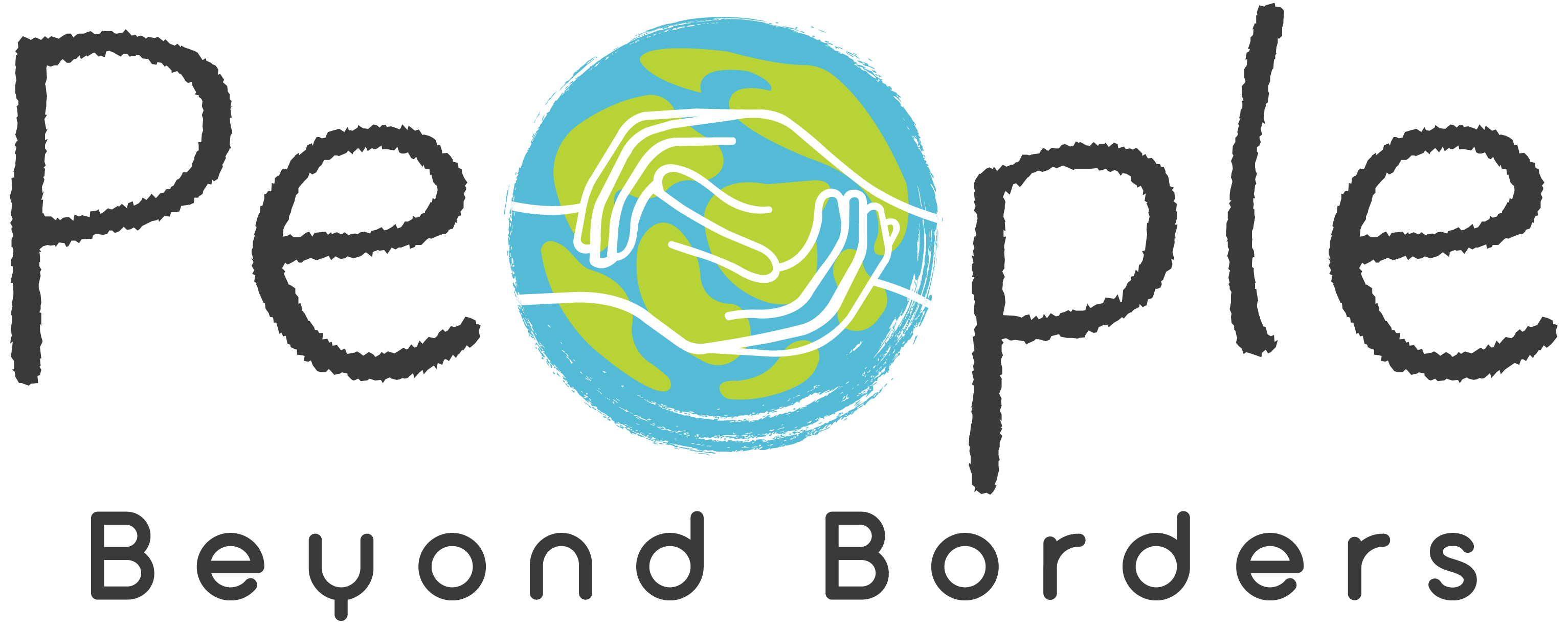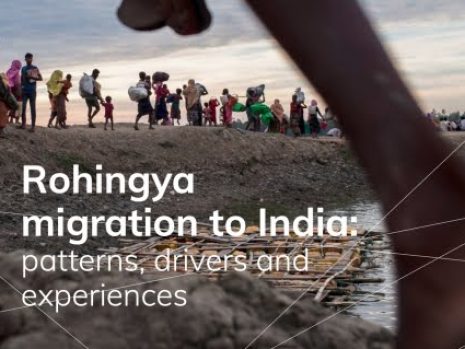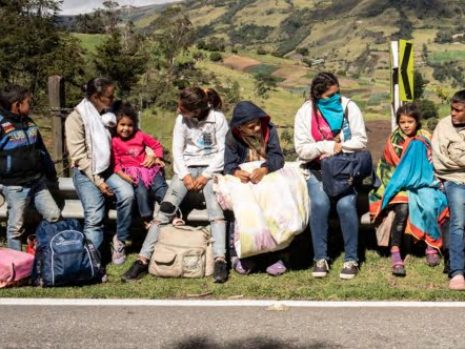Introduction
This webinar, organized by the United Nations Major Group for Children and Youth (UNMGCY)’s Migration Working Group (MENA) as part of its webinar series on Migration, in partnership with People Beyond Borders (PBB), intended to deconstruct negative perceptions of migration by addressing contextual realities and bringing to light practical interventions and evidence-based knowledge on what is happening on the ground in humanitarian settings. Challenging intolerance and discrimination by raising awareness about the complexity of migrant integration and promoting a human rights-centered approach to migration constitute pivotal pillars in shaping migration narratives in humanitarian and displacement settings. Forced Migration discourse has insisted that governments do not shape these narratives alone, nor do they operate in a political vacuum when it comes to pushing anti-immigrant policies. Grasping the exact manner through which media narratives and public opinion are constructed, as well as the manner through which they interact in application, is important in challenging negative rhetoric, hostile messages and anti-immigrant sentiments. This webinar shed light on the aforementioned realities through a moderated panel with PBBs’ Organization Manager and its Co-Founder.
Understanding the Spectrum of Those Displaced: Narratives, Identity, Mental Health and Ways Forward
Legal Terminologies to Understand the Spectrum of those Displaced:
Keeping the wider humanitarian and displacement context in mind, it is important to highlight legal terminologies in order to grasp the diverse marginalized and displaced groups globally. Since the end of 2019, about 1% of the world’s population has been forcibly displaced – that means 1 in 97 people are fleeing conflicts, human rights violations or climate change. Forced displacement has almost doubled since 2010 (41 million then vs 79.5 million to date). About 50% of these are women and children. Those displaced fall into a spectrum of categories, such as refugees, asylum seekers, IDPs, migrants, immigrants, stateless groups, etc.
A refugee is a person who has fled their country of origin and is unable or unwilling to return because of a well-founded fear of being persecuted due to their race, religion, nationality, membership of a particular social group or political opinion. An asylum seeker is an individual who is seeking international protection. In countries with individualized procedures, an asylum seeker is someone whose claim has not yet been finally decided on by the country in which he or she has submitted it. Not every asylum seeker will ultimately be recognized as a refugee, but every refugee is initially an asylum seeker. Internally Displaced Persons (IDPs) are those who are forced to flee their homes because of armed conflicts, natural disasters, human rights violations and other emergencies, without crossing the national borders and staying within the country where they reside. A migrant chooses to move not because of a direct threat or persecution but mainly to improve life and socioeconomic conditions of reasons such as employment, education or family reunification. An immigrant is someone who comes to live permanently (often via permanent residence) in another country, and a stateless person is not considered as a national of any state or nation.
Narratives in Displacement Settings – Hospitality-Guest vs. Victims-Perpetrators:
Humanitarian Spaces
Common narratives dominating the displacement-migration context include: (1) HospitalityGuests Narrative: During emergency crises, hospitality has often served as a public discourse for “measuring” and assessing the host country’s generosity or hostility. And as with any guests, we 10 are generous to and favor some guests over others. Refugees are not a homogenous entity rather they are internally divided and there is a hierarchy of “refugeeness” among them with their own social barriers that prevent their cohesion. (2) Victims-Perpetrators Narrative: The challenges of terrorism and displacement have become increasingly inter-linked in political and humanitarian discourses. Over the past decade, the threat perception of displacement being linked to perpetration of terrorism has particularly increased since specific violent groups have infiltrated and weaponized migratory routes and settlements. In reality though, as the UNHCR 2016 report states “there is no evidence that migration leads to increased terrorist activity” warning that “migration policies that are restrictive or that violate human rights…create conditions conducive to terrorism”.
Both these narratives are based on the assuming foundation that “societies are contained within a single border, which represents the geographic, political and social boundaries of that society”. There is an ongoing tendency among host countries to perceive the “refugee” label as static, whether it is that of guests coming from the outside land or that of threats to the land, but these labels do not exist in a vacuum rather they serve sovereign agendas of states. In such circumstances, refugees and displaced people face barriers less because of their own identities but more due to the way that they are identified by humanitarian and political actors.
Displacement Spaces
In displacement spaces, people tend to find that molding their identity to fit a wider accepted narrative is key. Some resort to detaching aspects of identity to access security and humanitarian aid. In this case, displaced people frame their vulnerabilities in order to qualify for the different humanitarian assistance programs by being an “ideal victim” or “ideal guest” to fit into the label that governments and organizations have created for them. In these spaces, people also tend towards diversifying identity to fit into multiple norms and opportunities. “I have two Facebook accounts, of course one is with my real name and the other is a fake one. I personally side with the protestors and freedom fighters in Tibet but I cannot openly support them because the Chinese spy on me and I still have family back in Tibet – so I need two accounts. In my real one, I follow the Chinese government, add their supporters to understand their politics and schemes so that I can support the independence movement in a better way. Surprisingly, in my fake account, I can honestly be myself and openly support the freedom of Tibet. Because all of us contain multitudes, we can choose among identities, emphasizing those we share with others rather than those we do not” – Tibetan Refugee, India. Analysis of such narratives reveals that the way humanitarian actors and governments label, monitor and rigidify uni-dimensional aspects of identity, prompts refugees to perform adaptive tactics to manage their multi-dimensional identities so that they can “fit” into the expectations and norms of both their host and home countries. And therefore, it is important to reconsider a shift from a singular/linear policy discourse to accommodate these diverse displacement practices that actually take place in reality.



